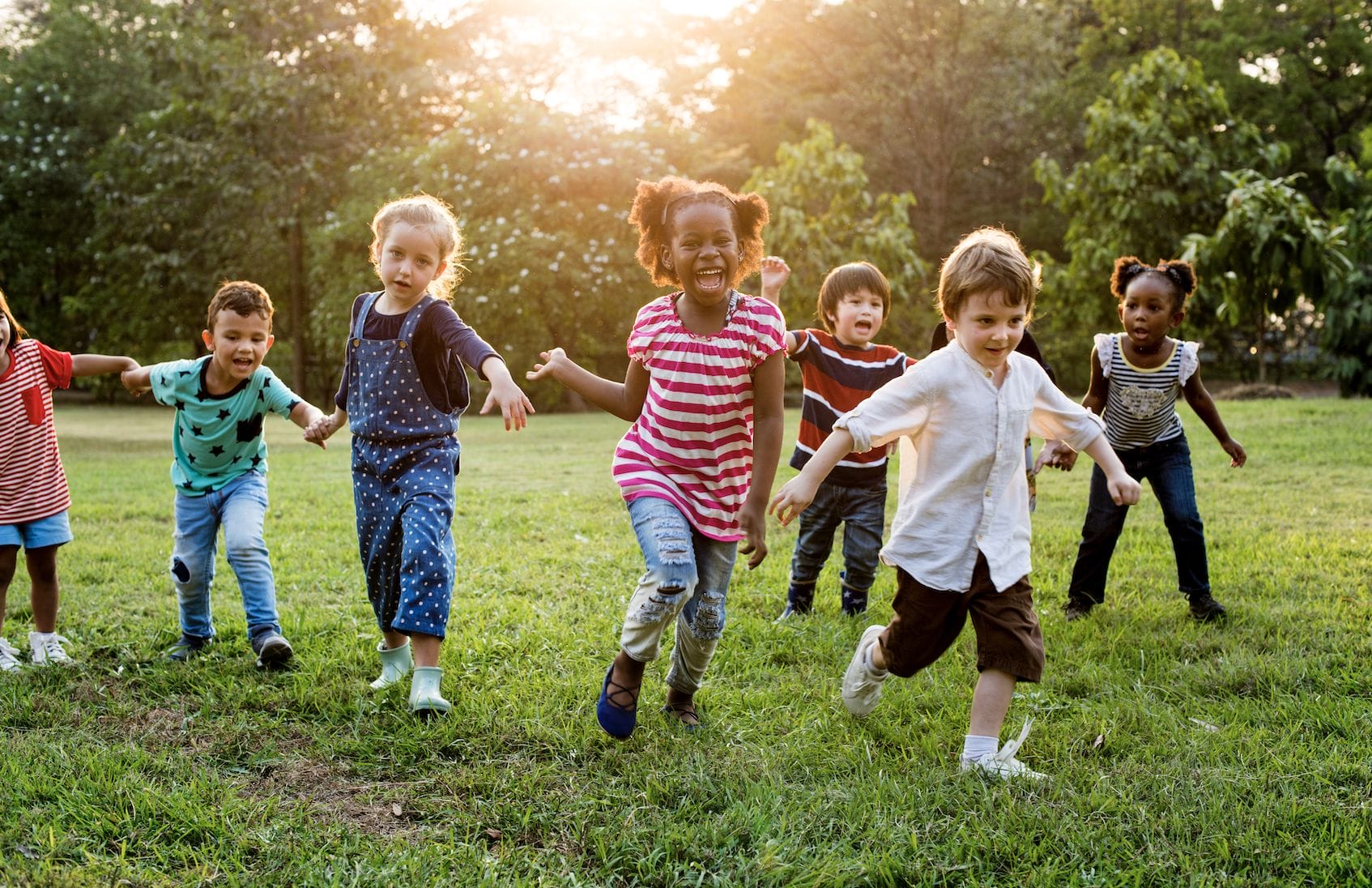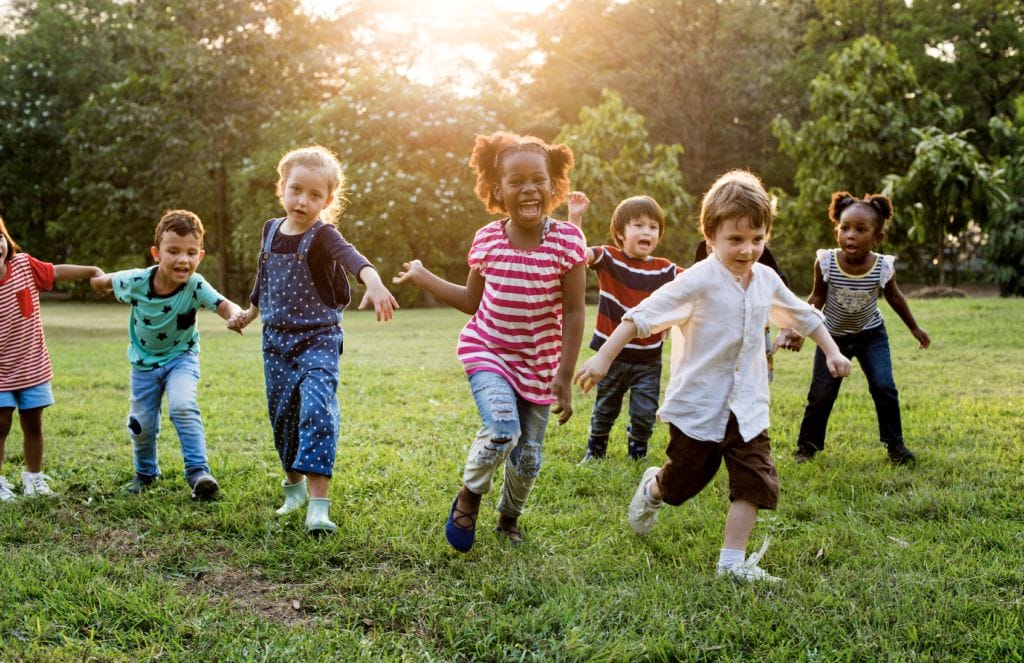
America is described as the melting pot. The place where people from across the world have come to start new lives, to access new opportunities, and to grow, or so they say. While there is a mainstream culture in America and English is the unwritten official language, there is also beauty and respect in admiring the cultural differences of people from all origins. Although the mainstream culture and politics may not always echo similar feelings, people come looking for that promise, the same promise that has been beyond reach for its own citizens.
That was very much true for my family, with both parents immigrating to the United States from Colombia in the 70’s in pursuit of what America promised. Growing up, I felt the pride my parents had over their culture while still feeling the need to assimilate into American culture.
I remember being told to make sure I spoke “proper English,” and being complimented for ‘not having an accent.’ I recall my mother avoiding speaking English for two main reasons. One which was to make sure I learned Spanish and the second was to avoid teaching me an ‘ugly accent.’ I would see the hesitation in my parents when it came to speaking for fear of sounding uneducated, despite being very eloquent speakers in their native language.
Growing up I was constantly finding a balance between knowing and embracing my culture, while assimilating to mainstream American culture. I felt pressure to not give the majority any reason to doubt my abilities. It has long been documented about the poor treatment of minority groups that are native to America, and while some might argue progress has been made, the issues are more evident now even as they were back when my parents came to this country. My parents would often remind me, ‘Make sure you always exceed your best, don’t be too loud or cause a disruption doing so.’ Humility is a highly valued trait, which I am forever grateful for, but at times this advice felt tied to the idea of having a debt with the majority for an opportunity that could very easily be discounted.
For many years I felt this juxtaposition between how to exceed expectations and the importance to preserve my family’s culture. I had a fear of my culture disappearing if I embraced too much of the mainstream American culture. I continued to ask myself questions. How would my children be connected to my heritage? How would I instill in them the values my parents passed onto me? How do children learn to love and accept the differences of all cultures? How do they become confident and proud children who are also culturally competent when their schools and communities fall short?
Although I don’t have my own children, I work with many children everyday. I have always advocated for the needs of children from diverse backgrounds, perhaps because of my own connection. I have worked in districts where LatinX children are close to, if not the majority in schools. So I often reflect on my work with schools and take a look at how many of these children might have similar feelings to those I had growing up? How many parents carry the same thoughts, dreams, and worries my parents had. And how are we creating environments that embrace all of this?
There are times when I take a step back and see how little representation exists in the school, how little understanding there is of different cultures across an ethnic group such as the LatinX community, and how efforts fall short to celebrate the diversity of these children. I remember myself as a child in school or my parents ensuring I met and exceeded all expectations. I think of my parents wanting to be involved but not feeling confident enough to do so. I think of ways to make this possible, when the country as a whole falls short supporting Black and Indigenous people.
We are seeing now, more than ever, the importance of representation in schools. Our children need to be seen and celebrated, as well as acknowledged. It is not until we embed this into our educational systems that we can be culturally relevant, responsive, and sensitive for our students so they may grow without so many doubts and pressures and pursue their dreams with confidence.
The truth is there is no one linear way to do this, but there is a major component in parent involvement. In order to increase parent involvement, we must be culturally supportive, culturally responsive and culturally relevant. This applies to students of all backgrounds, especially those that are underrepresented. Students and their families need to be represented in their school buildings, in their teachers, in their administrations, and in their boards of education.
One of the ways to begin to address this disparity is for families to have information that is accessible in their native language. We should be recognizing, honoring, and celebrating students’ cultural customs in school buildings, on campuses, and in communities. We need to highlight the equal value other languages and dialects carry. We need to be additive not subtractive in our intentions, our communications and our programming strategies. We should be using work from students’ cultural backgrounds to teach ELA, Math, Science, Social Studies, etc. This diversity of materials is imperative in order for students to be included, understood, and celebrated and for families to build trusting and supportive relationships with educators.
As we move to showcase the diversity of students we must also look at the disproportionality that affects our students. Disproportionality refers to the representation of a group in a certain category that exceeds the expectation or that differs substantially from the representation of others. Essentially, it is having a higher percentage of students in a certain category compared to their percentage of the whole. We know that disproportionality feeds negative stereotypes, reduces access to academic rigor, and decreases post-secondary outcomes. We see disproportionality in the rate of referrals, and the delay in referrals, we see it in the way children are identified, and we see it in the way students are disciplined. It is our duty to highlight the strengths of our students, support their needs, and maximize their post-secondary outcomes for successful adult lives.
When we begin to examine and reflect on children’s disabilities we find concerning data that suggests children in BIPOC* communities are disproportionately over/under identified as having disabilities warranting special education services. Oftentimes, these students are misidentified due to assessments that aren’t normed on the student being evaluated. However, the intricacies in appropriately assessment should not result in inaccuracies. Team members need to first identify their own biases of the communities and then commit to doing evaluations that are culturally-linguistically diverse, and that look beyond the ‘norms.’
Despite my background, I have had to do my own research in understanding diverse backgrounds, checking my own biases, improving my evaluation skills, and examining the materials I use in my sessions. I challenge my fellow SLPs to take a step back and look at that child and all that makes them who they are before diving into an assessment measure. Does it focus on vocabulary? Does it highlight grammatical markers that are not shared by dialects? Is it normed on children like the one you are testing? It might slow you down a bit, but the cost of the outcomes are way greater than the extra time spent. I challenge you to look at your materials and ask yourself ‘Do my clients see themselves in these materials?’ It might be books, those go-to card decks, or your toys/games.
Websites such as The Conscious Kid and the Brown Bookshelf offer great resources. I invite you to diversify your own knowledge of different cultures and customs. I invite you to think about the parents you work with and step into their shoes. I invite you to celebrate families and their children so they may not have to grow up being measured up against the ‘majority,’ and that they may feel encouraged and supportive to be a part of their child’s school and social community.
Let’s learn from our children. Let’s promote their confidence. Let’s teach them their differences and unique experiences are a gift to share with others. Let’s make sure families feel the same way, welcomed,acknowledged and respected.
Written by: Eliana Echeverry M.A.CCC-SLP
Eliana is a Speech Language Pathologist and has been with KidSense Therapy for the last five years. She is passionate about helping children with special needs and using her platform to advocate for children that do not always have a voice or representation in their schools and communities. In her free time she enjoys time outdoors, yoga, eating out, and watching Netflix. We asked Ms. Eliana to give some of her thoughts given today’s very relevant and necessary discussion and calls to action about race in America. Please take a moment to read her thoughts on being a first generation Colombian-American and how that has melded with her practice in educational and clinical settings.
#consciouskid #brownbookshelf #Culturallyrelevant #Culturallyresponsive #Culturallysensitive #LatinX #BIPOC #SpeechandlanguagePathologists #Education #Disproportionality #Immigration #Bilingualservices

